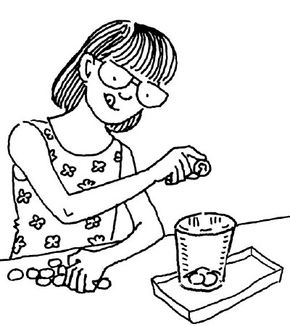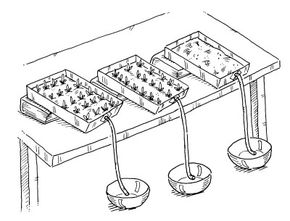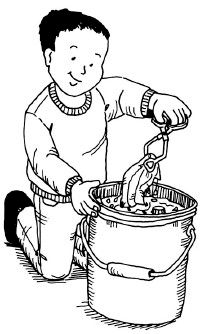Science Projects for Kids: Density and Volume teaches kids about density, or how compact a substance is, and volume, or how much space a substance occupies. Science is not just for scientists -- it's for everyone who's interested in the world around them and what makes things tick.
Did you ever wonder why some small objects weigh more than larger objects? Knowing how to measure the mass of an object in relation to its volume is an important skill.
Advertisement
You can learn a great deal about your world by observing and performing experiments right in your own backyard or kitchen. It's fun, easy and exciting to discover the answers.
Learn the true meaning of "over the top" with some pennies and a jar of water.
See if you can conserve enough water to get by on a gallon a day.
Learn about the forces behind erosion and what causes it in this interesting experiment.
Learn how difficult it is to reverse the effects of pollution with this enlightening activity.
Click to the next page of science projects for kids: density and volume to get started with a fun activity called Full to the Brim, where you will begin investigating volume!
To learn more science projects for kids, check out:
Advertisement


